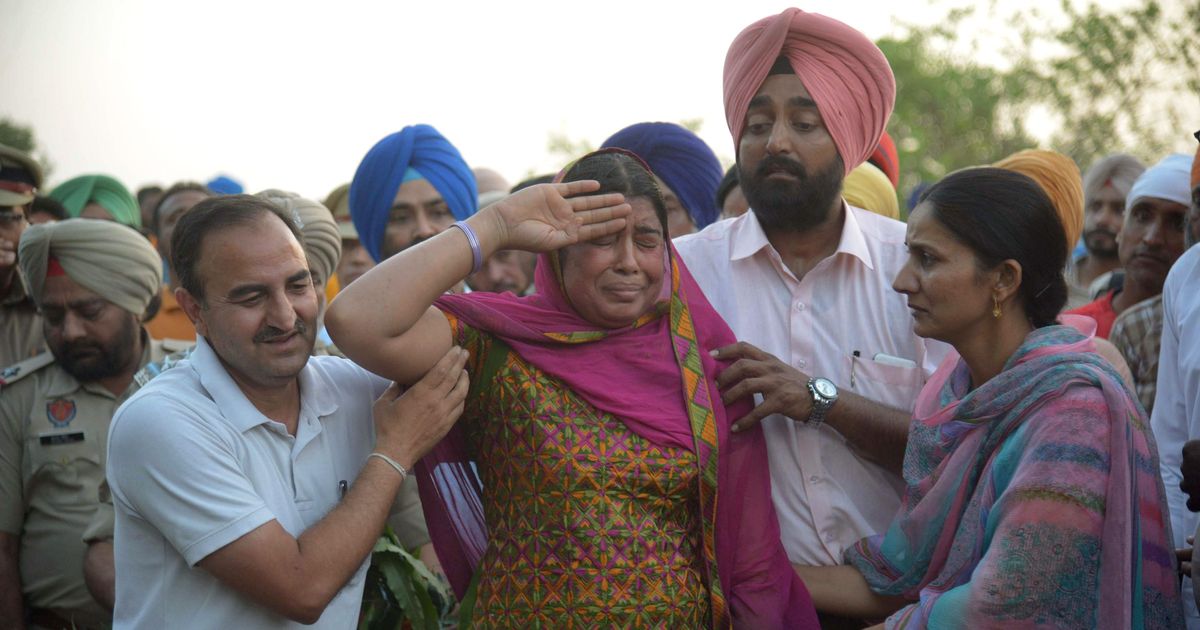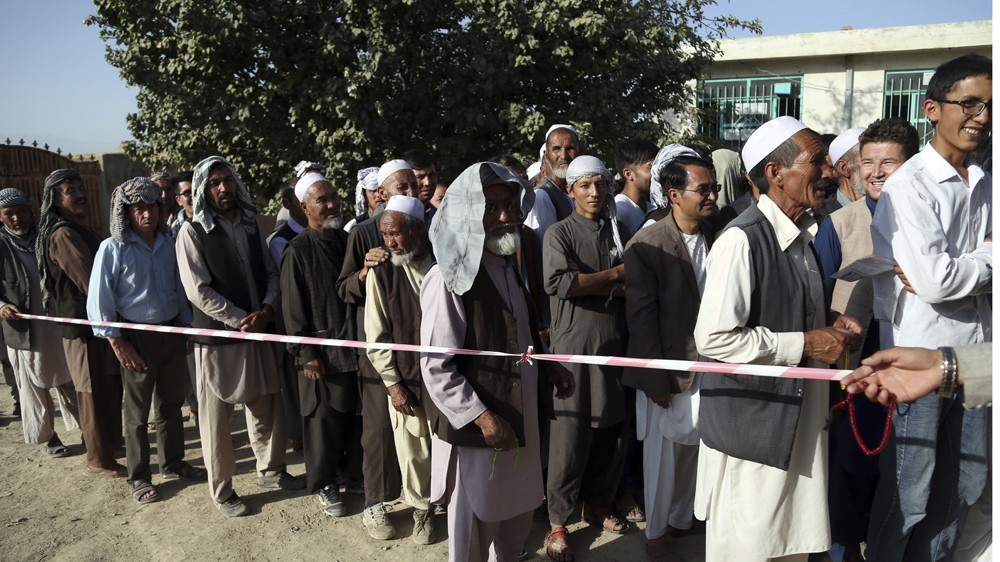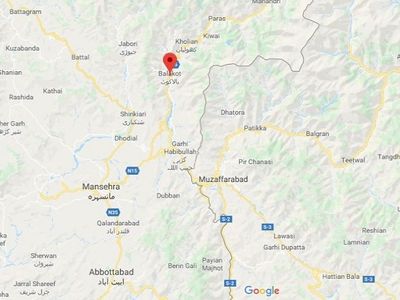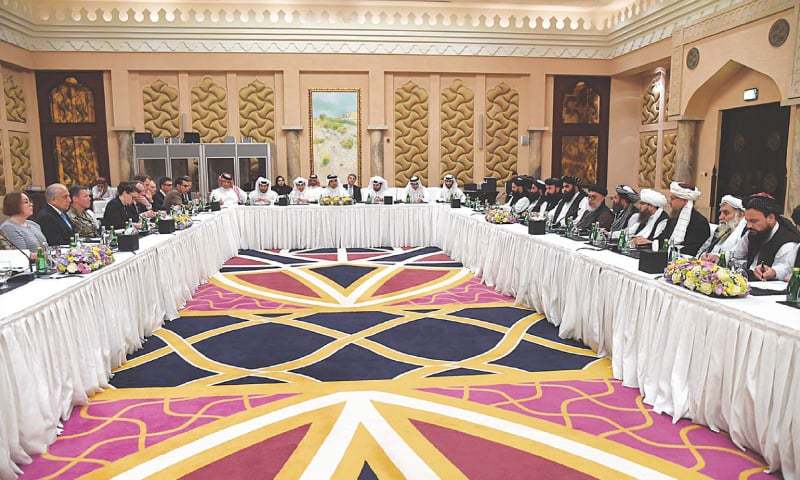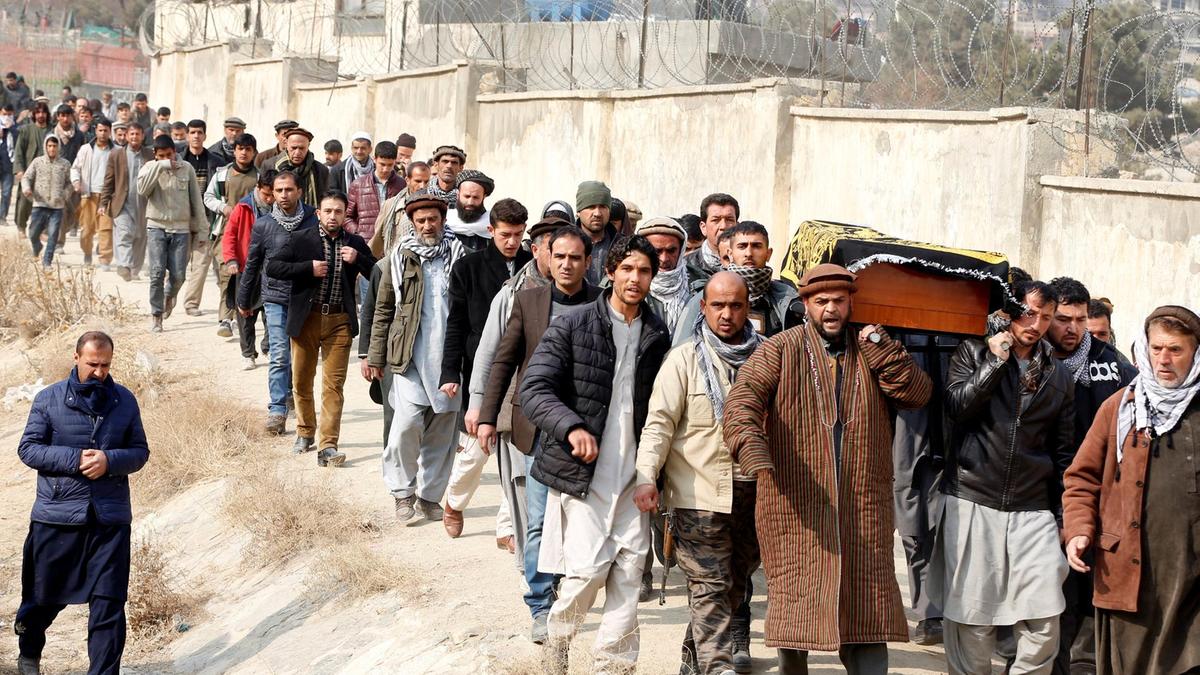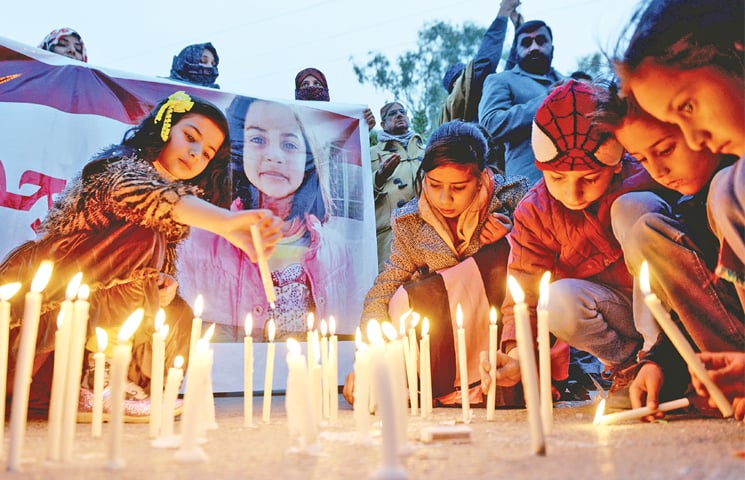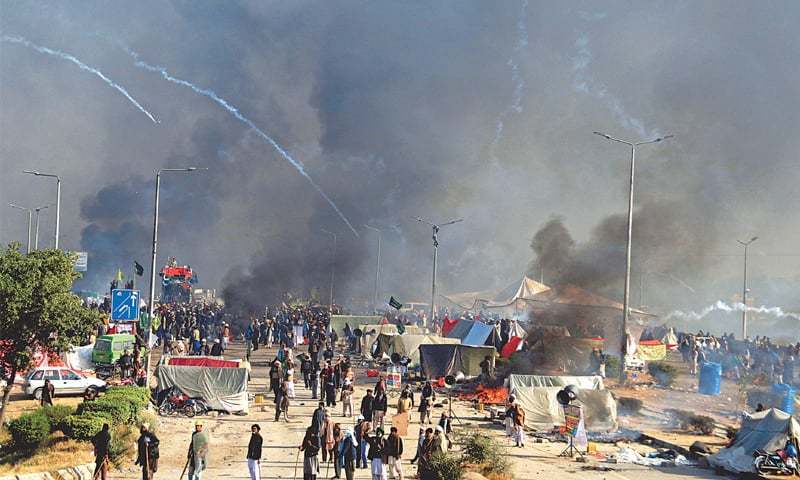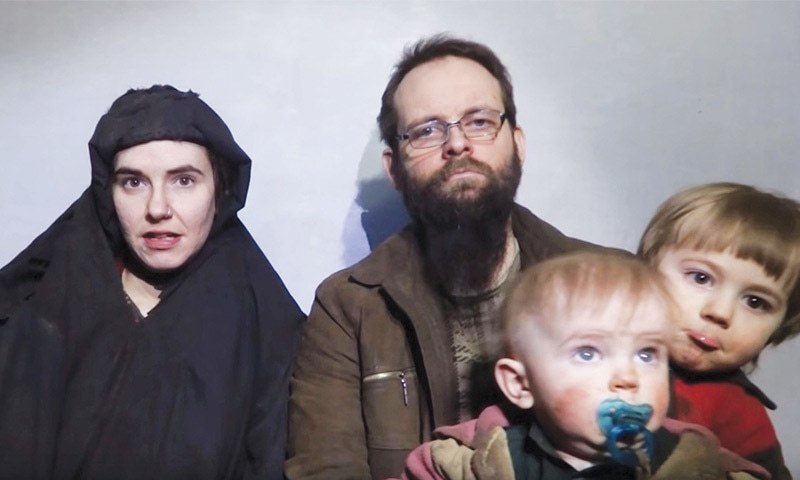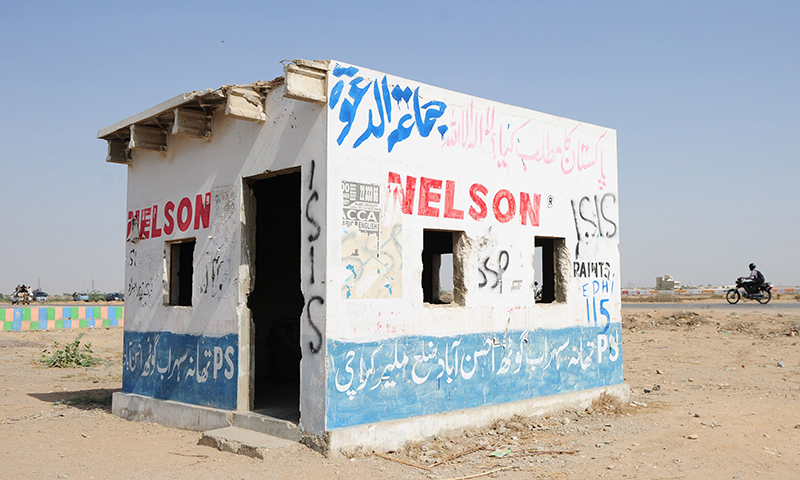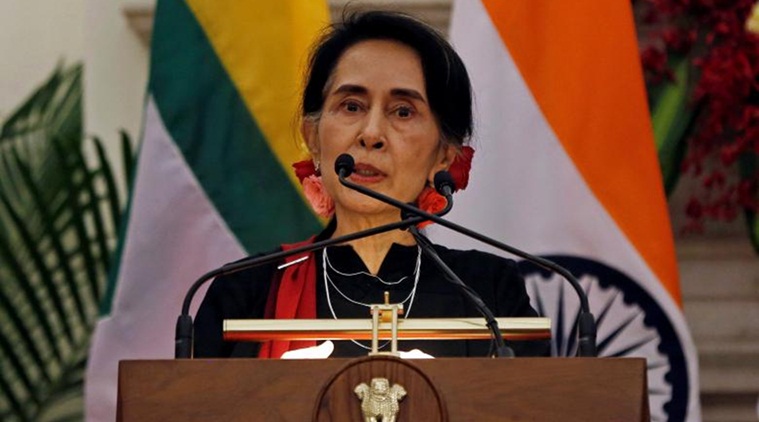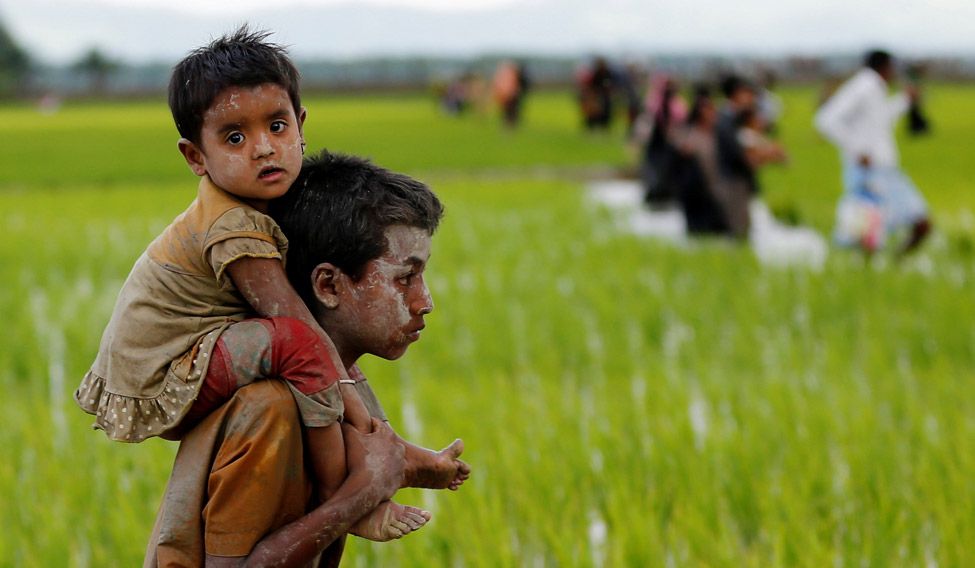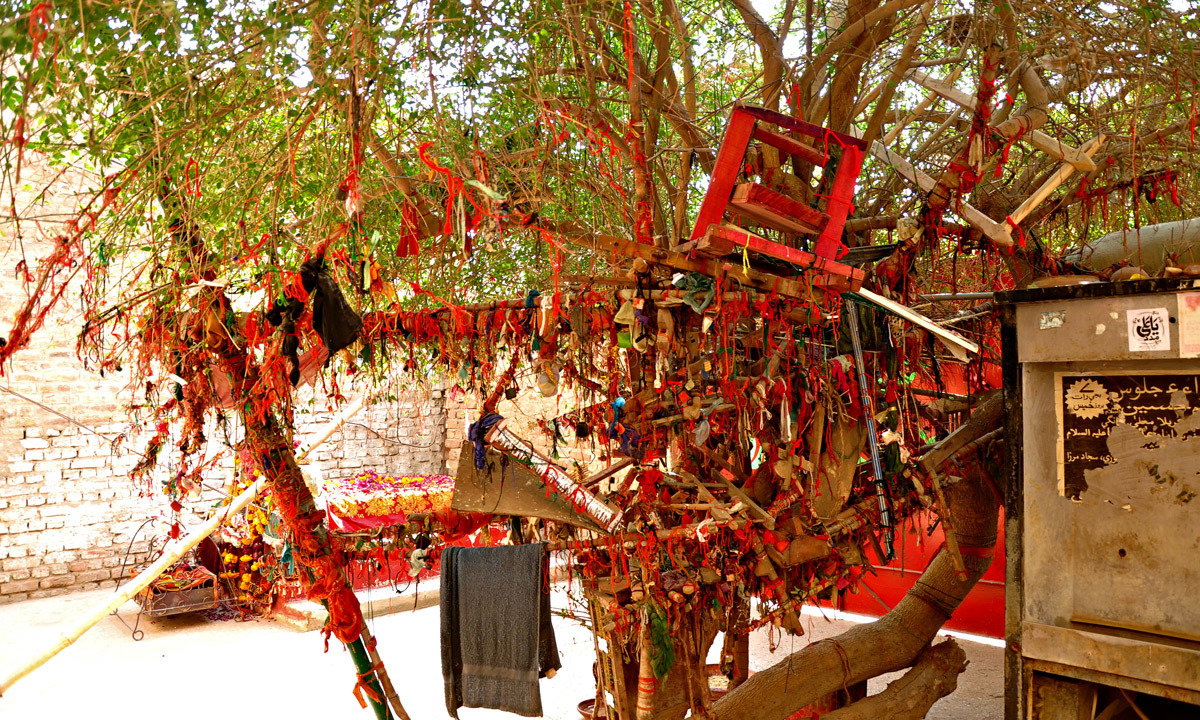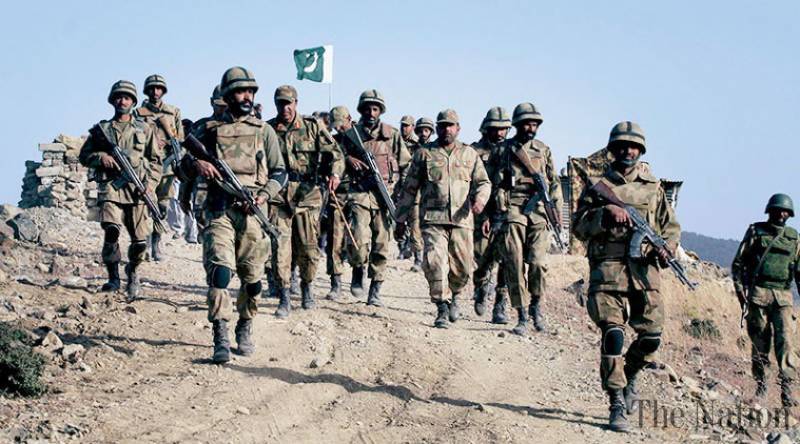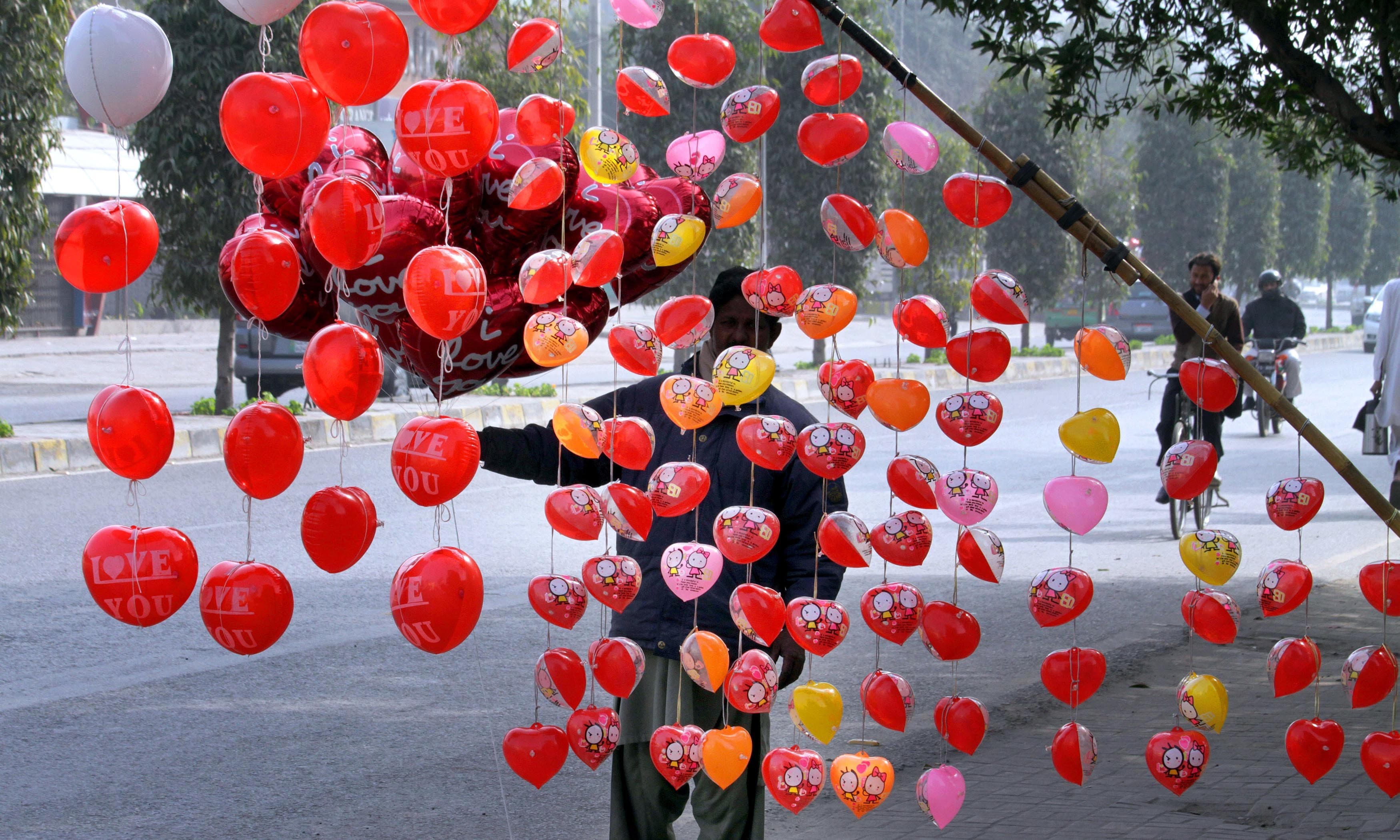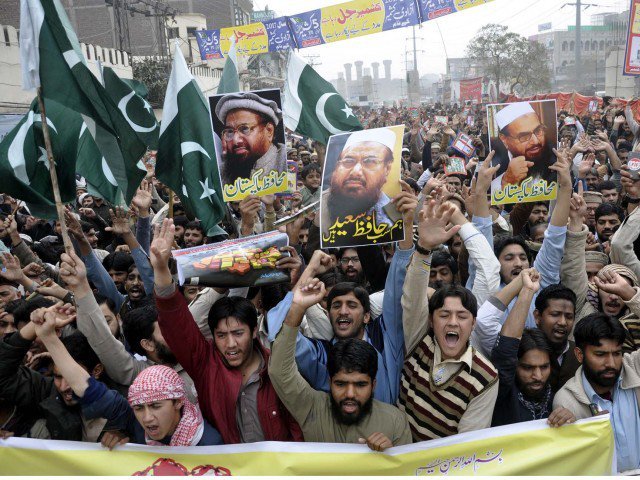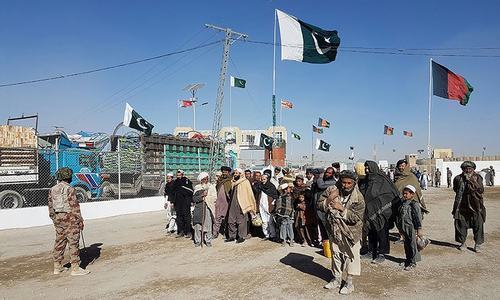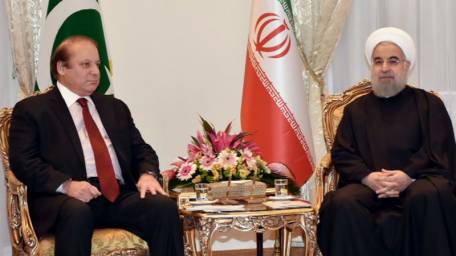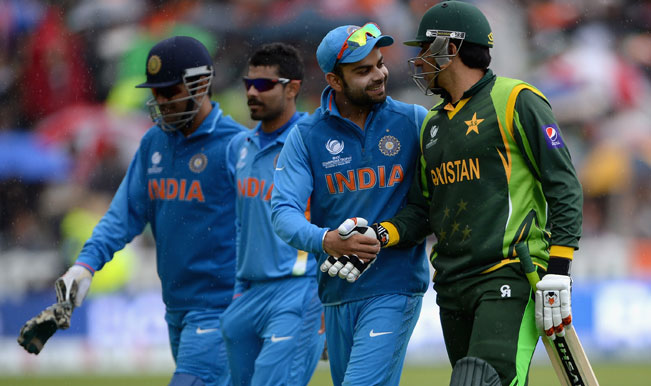
Conflict Reader # 52, 30 August 2018
CR Analysis
D. Suba Chandran
Professor
International Strategic and Security Studies Programme (ISSSP)
National Institute of Advanced Studies (NIAS), Bangalore
Let us pause the above complications. They are likely to continue. Despite the above differences, complications and the burden of history, can the two countries still be able to pick up the peace process?
Are there a few low hanging fruits in the Indo-Pak context, which could be plucked without upsetting the praetorians on both sides? And are there "Big Ideas", that could bulldoze the opposition, and create a bilateral peace momentum between the two countries?
Let India and Pakistan start with "Low Hanging Fruits" first, create a "peace momentum" and then look forward to "Big Ideas".
Cross-LoC Interactions
One could quickly identify the following as low hanging fruits. First, resuming and even expanding the cross-LoC interactions. The bus service and trade across J&K was one of the boldest and innovative processes started during the last decade.
Pettiness and lack of imagination led these two processes into a trickle. Since these two are existing processes, exploiting their full potential should be not a big issue.
Cross-border Interactions
Second, cross-border interactions could also be revised. While the idea of transit and “bilateral” trade will take some more time to realise its full potential, “cross-border” interactions, for example between the two Punjabs, and between Sindh and Rajasthan/Gujarat could be kickstarted easily. In this context, the idea of bus services between the two Punjabs could be exploited to its full potential – to serve both secular and religious purposes.
Besides the divided families, there are places of worship especially for the Sikh community across the border. A pilgrim link between Nankana Sahib, Kartarpur and Amritsar will be a great morale booster for the peace process. Imagine the number of people who are likely to use this link, as Guru Nanak's 550th-year birthday celebrations are to be kicked off. India's external affairs minister has announced in early August 2018 that the birthday will be celebrated all over the world. The government of Punjab in India has been making a considerable preparation to observe the same across India and elsewhere.
Similarly, there are numerous Sufi institutions across the borders, with Ajmer Sharif in Rajasthan being the most visited one. A pilgrim link, even if it is city specific could be an ice-breaker.
Resuming the Movement of Bus, Trains, Trucks and Flights
Third, resuming the regular Indo-Pak movement is also a low hanging fruit. While the above two across the LoC and Indo-Pak border are specific and have limited purpose, with perhaps special allowances, movement from flights to ferries address a larger constituency.
The bus, train, ferry and flight services can be restarted with an objective to exploit their potential than to restrict the movements across. Both countries could quickly overcome the existing negative approach to popular movement.
Exploiting Cricket, especially the IPL and PSL
Fourth, given the craziness towards Cricket, and the increasing popularity of the IPL, this game could be another low hanging fruit. None would understand better than Imran - the emotional affiliation of the Indo-Pak masses to the game that has catapulted him today to become the Prime Minister of Pakistan. As PSL is trying to expand its footprint, outside the resumption of bilateral cricketing ties, there are other sporting opportunities that both countries could exploit.
However, the above have limitations as low hanging fruits. They cannot be lonely processes like the cross-LoC has become. They have to lead towards creating a "peace momentum" that could either bulldoze the opposition or collect the other stakeholders as it starts rolling.
Simultaneously, India and Pakistan will also have to look towards a "Big Idea" as the post Second World War Europe pursued the Steel and Coal authority.
But, let us start with the low hanging fruits first. As we pluck more, the peace momentum will follow.
Prof D. Suba Chandran is Dean of the School of Conflict and Security Studies at the National Institute of Advanced Studies (NIAS), IISc Campus, Bangalore.
An edited version of this analysis was first published in the Daily Times.
